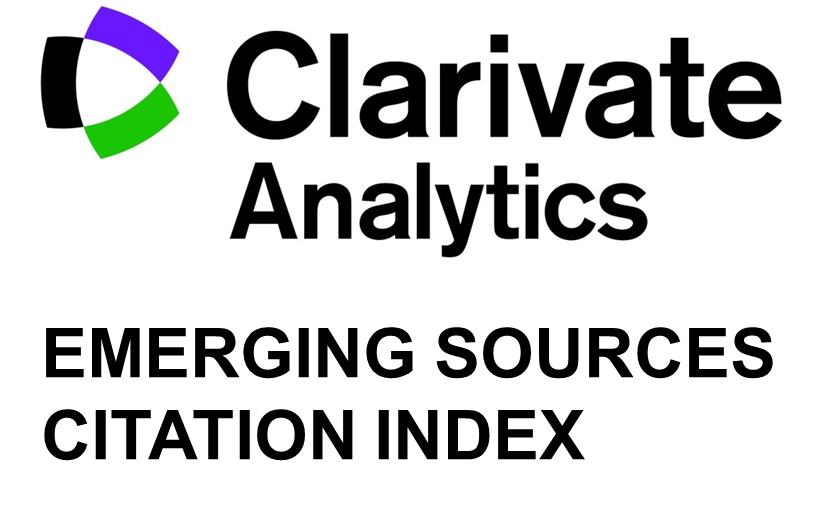Regulated Electric Drainage and its Interference with Track Circuits
Vaclav Kolar, Roman Hrbac, Tomas Mlcak, Vitezslav Styskala
DOI: 10.15598/aeee.v16i2.2478
Abstract
Electric drainage is a power electronic device used to protect underground metal devices (such as piping) from the corrosive effects of stray currents. Stray currents are usually caused by DC electric traction, such as trams or railways. In places where stray currents leave the underground device and return into rails, they cause significant electrochemical corrosion of buried devices. The principle of electric drainage is based on electrical connection between the underground device and electric traction rails, which ensures that current flows through this connection, instead of flowing into the ground. Nowadays, the most widely used type is regulated electric drainage, where current is regulated by means of Pulse Width Modulation (PWM). Because of this modulation, current flowing through the drainage contains harmonic components with different frequencies. In modern railways, track circuits are often used as an important part of the track security system. For safe operation, it is necessary to ensure that frequencies generated by the drainage do not interfere with track circuits. This paper describes the design of a regulated drainage control system, with regard to its compatibility with track circuits and this paper contains related computer simulations and discussion of the results






















